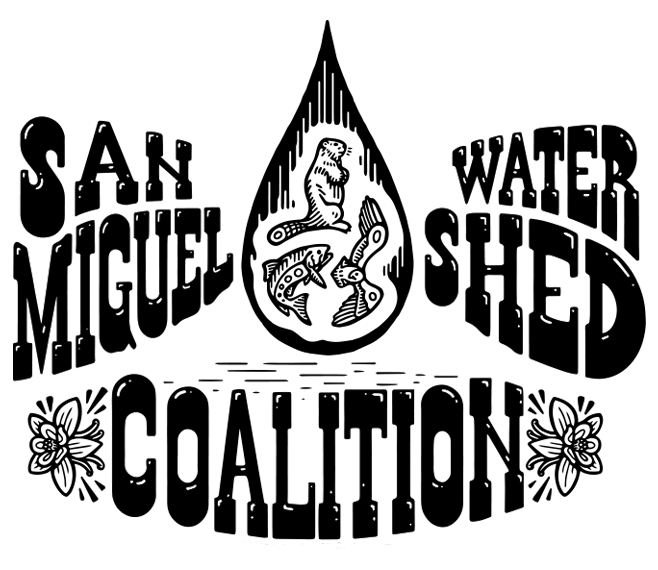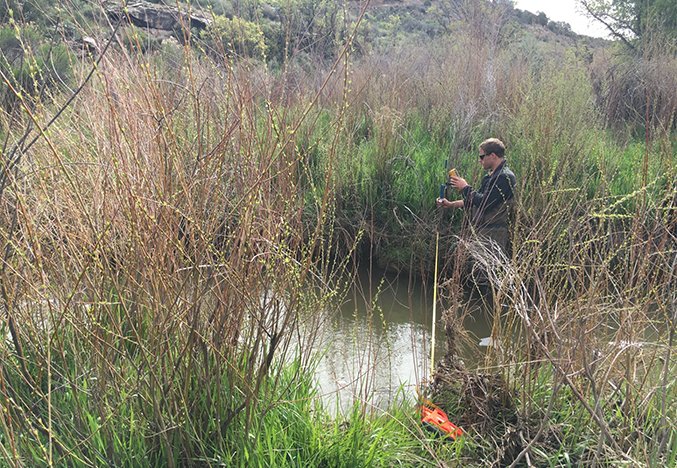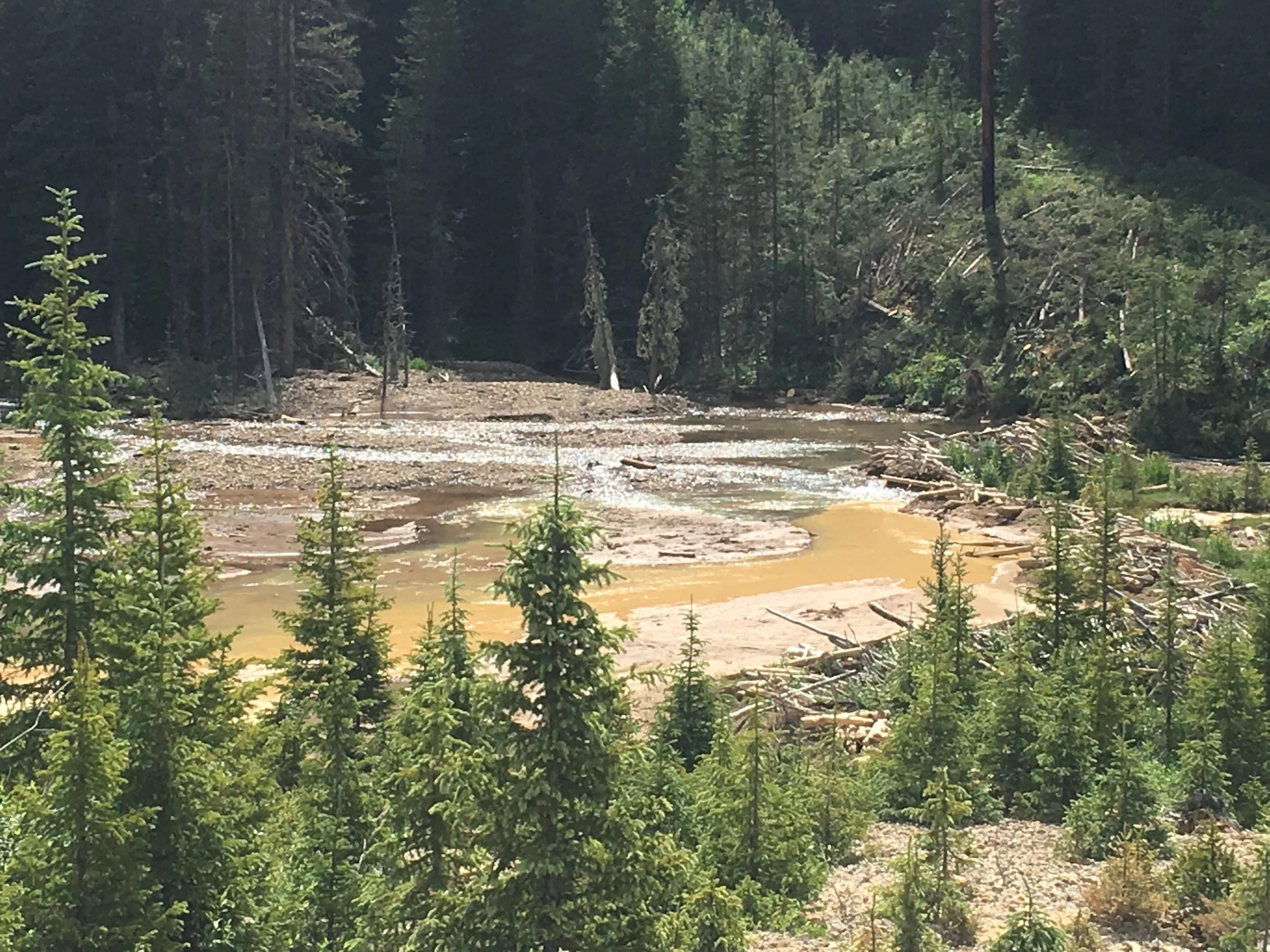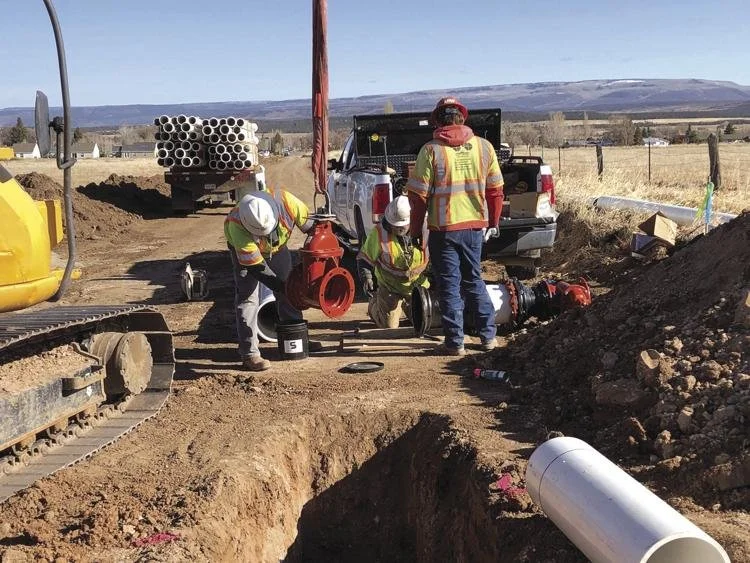
The State of the San Miguel Watershed Report is produced by the San Miguel Watershed Coalition (SMWC) to assess ecological health within the drainage area of the San Miguel River in southwest Colorado.
The State of the Watershed report has been revised every five years. The new e-format of the report will allow for annual updates beginning in 2021 and is intended as a public information tool for collaborative watershed management discussions.
The San Miguel Watershed Coalition’s goal for this report is to establish trends in watershed health by using existing data to analyze climatic variables, aquatic ecosystems, terrestrial environments, and land-use activities. Each of these sections is further divided into four subsections that address specific environmental and cultural indicators.
Evaluating the health of an entire watershed is complicated. There is a distinct interconnection between the monitoring metrics and where changes (positive or negative) in an actual condition will potentially affect other environmental conditions. An obvious example is that warming air temperatures will cause increases in evaporation and lead to less water in lakes and streams. Less water in streams leads to higher concentrations of pollutants in surface waters and warmer water temperatures. Increased pollutants and warmer stream temperatures affect fisheries and other aquatic life negatively.
Attempting to understand the cascade of effects is one of the primary ongoing objectives of the State of the San Miguel Watershed Report.

















